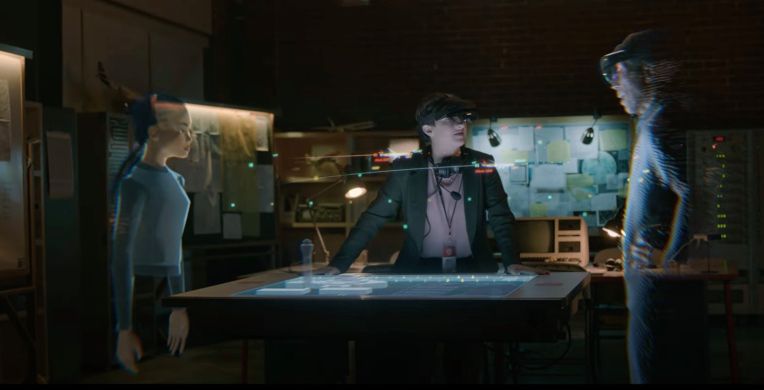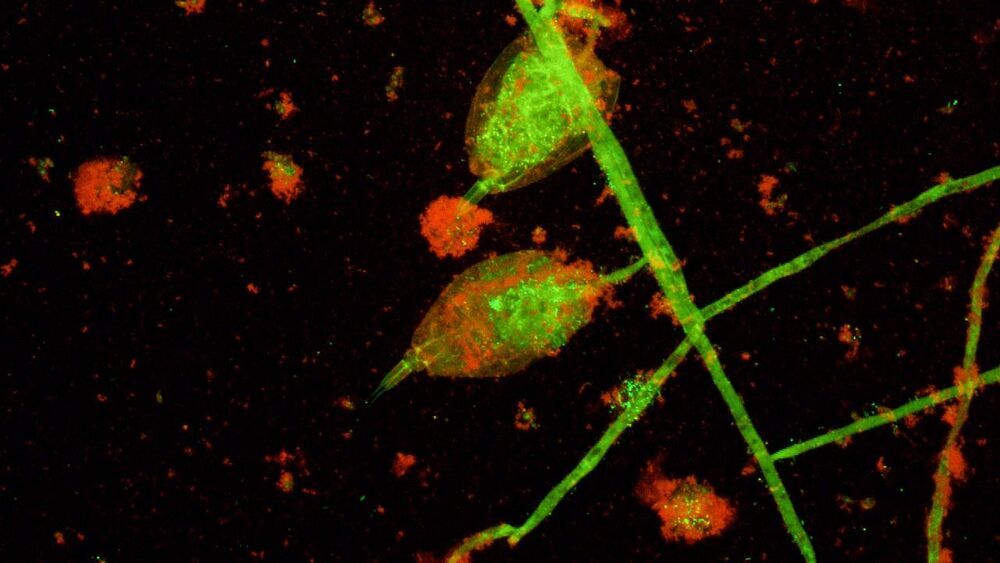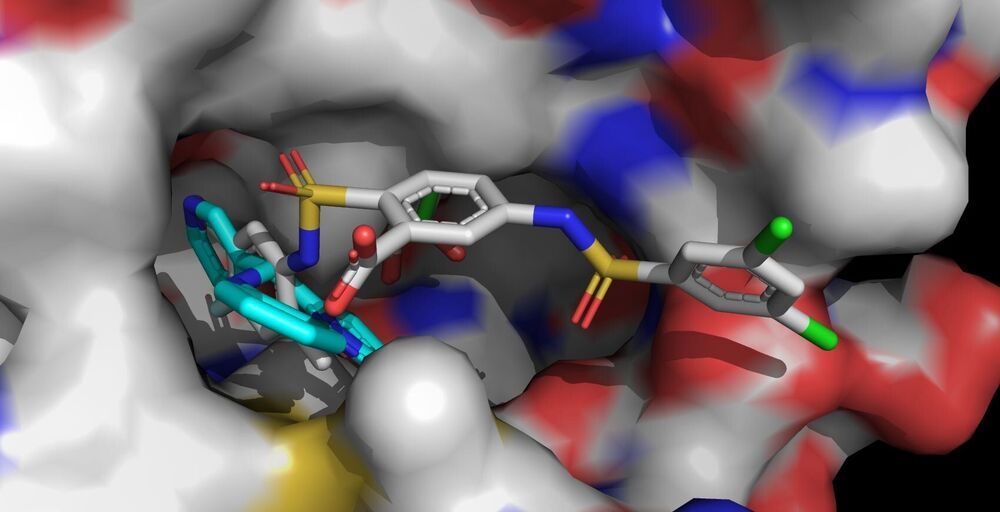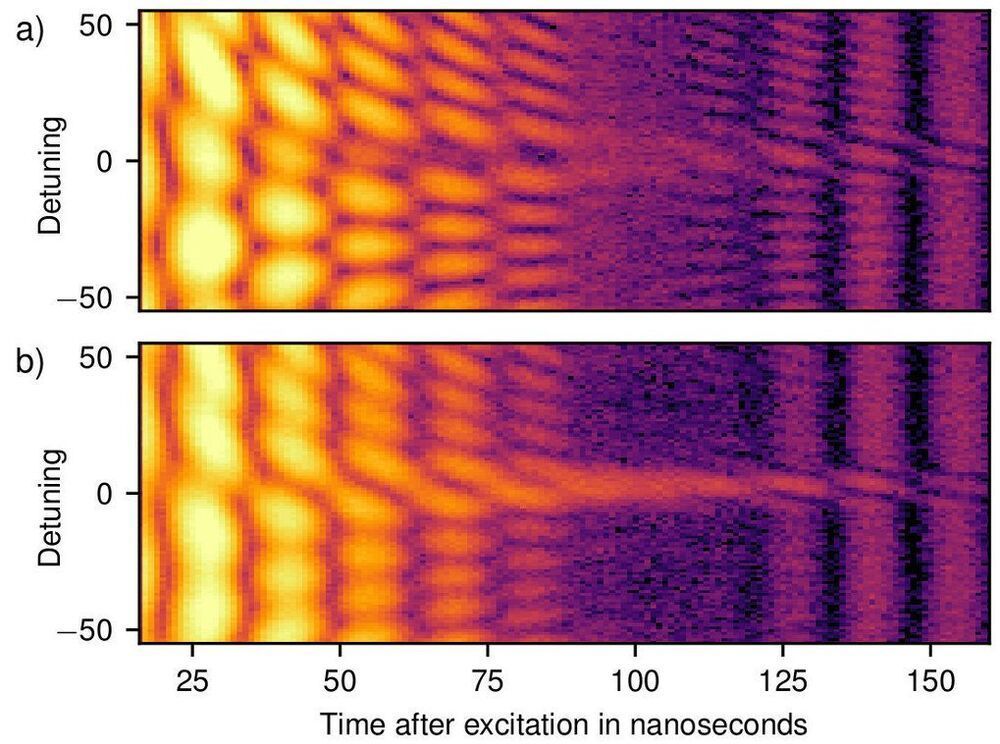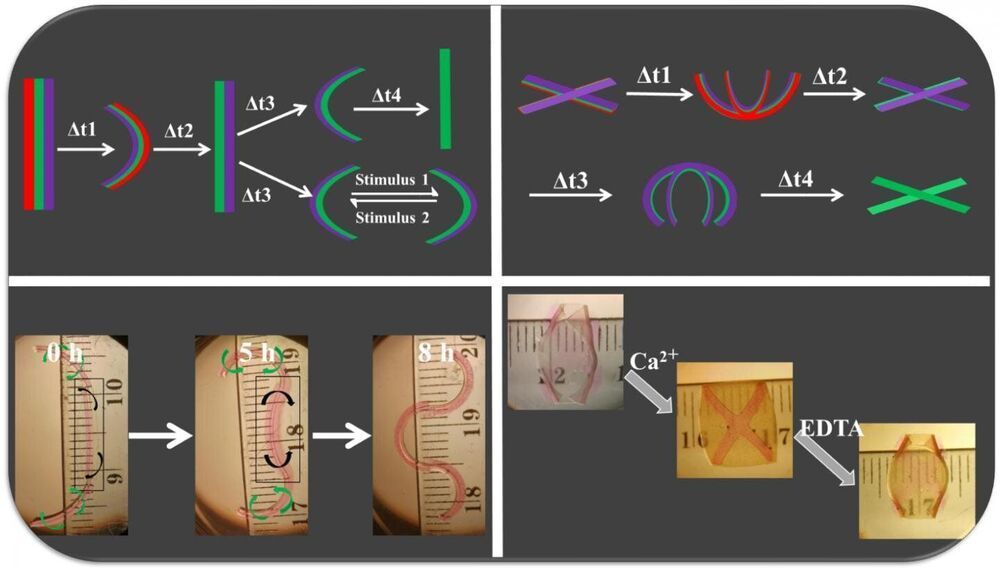Researchers at the Technion-Israel Institute of Technology created a black hole analogue to confirm two of Hawking’s most important predictions, that Hawking radiation arises from nothing (it’s spontaneous) and its intensity does not change over time (it’s stationary).
Today, at a special AR/VR focused event held inside its virtual reality community platform Altspace, Microsoft showcased a new product aiming to provide their AR HoloLens platform and VR Windows Mixed Reality platform with a shared platform for meetings.
The app is called Microsoft Mesh and it gives users a cross AR/VR meeting space to interact with other users and 3D content, handling all of technical hard parts of sharing spatial multi-player experiences over the web. Like Microsoft’s other AR/VR apps, the sell seems to be less in the software than it is in enabling developers to tap into one more specialization of Azure, building their own software that builds on the capabilities. The company announced that AltspaceVR will now be Mesh-enabled.
In the company’s presentation, they swung for the fences in showcasing potential use cases, bringing in James Cameron, the co-founder of Cirque du Soleil and Pokémon Go developer Niantic.
Today, more than 90% of the indexed articles in the natural sciences are published in English. That wasn’t always the case.
In the search for ways to effectively combat age-related human disease, the enzyme sirtuin 6 (Sirt6) has recently become a focus of biochemical research. A targeted activation of Sirt6 could prevent or mitigate such diseases, for example some types of cancer. In a paper for the journal Nature Chemical Biology, biochemists from the University of Bayreuth have now shown how the small molecule MDL-801 binds to the enzyme Sirt6 and influences its activity. These findings stand to aid the development of new drugs.
Tel Aviv University researchers linked a robot to a dead locust’s ear, enabling the bot to actually hear. Read it here.
The coherent excitation of atomic nuclei enables applications in atomic clocks, nuclear batteries and in the verification of natural constants. A team led by researchers at the Max Planck Institute for Nuclear Physics succeeded in the experiment by controlling laser pulses extremely precisely.
The Archdiocese of New Orleans warned Catholics that a newly-approved Johnson & Johnson vaccine for COVID-19 was developed with the “extensive use of abortion-derived cell lines.”
SpaceX’s second fully-crewed astronaut flight, Crew-2, is prepared for launch, mission team members said today (March 1) during a news briefing.
Tissue engineering has long-depended on geometrically static scaffolds seeded with cells in the lab to create new tissues and even organs. The scaffolding material—usually a biodegradable polymer structure—is supplied with cells and the cells, if supplied with the right nutrients, then develop into tissue as the underlying scaffold biodegrades. But this model ignores the extraordinarily dynamic morphological processes that underlie the natural development of tissues. Now, researchers at the University of Illinois Chicago have developed new 4D hydrogels—3D materials that have the ability to change shape over time in response to stimuli—that can morph multiple times in a preprogrammed or on-demand manner in response to external trigger signals. In a new Advanced Science study, the UIC researchers, led by Eben Alsberg, show that these new materials may be used to help develop tissues that more closely resemble their natural counterparts, which are subject to forces that drive movement during their formation.

